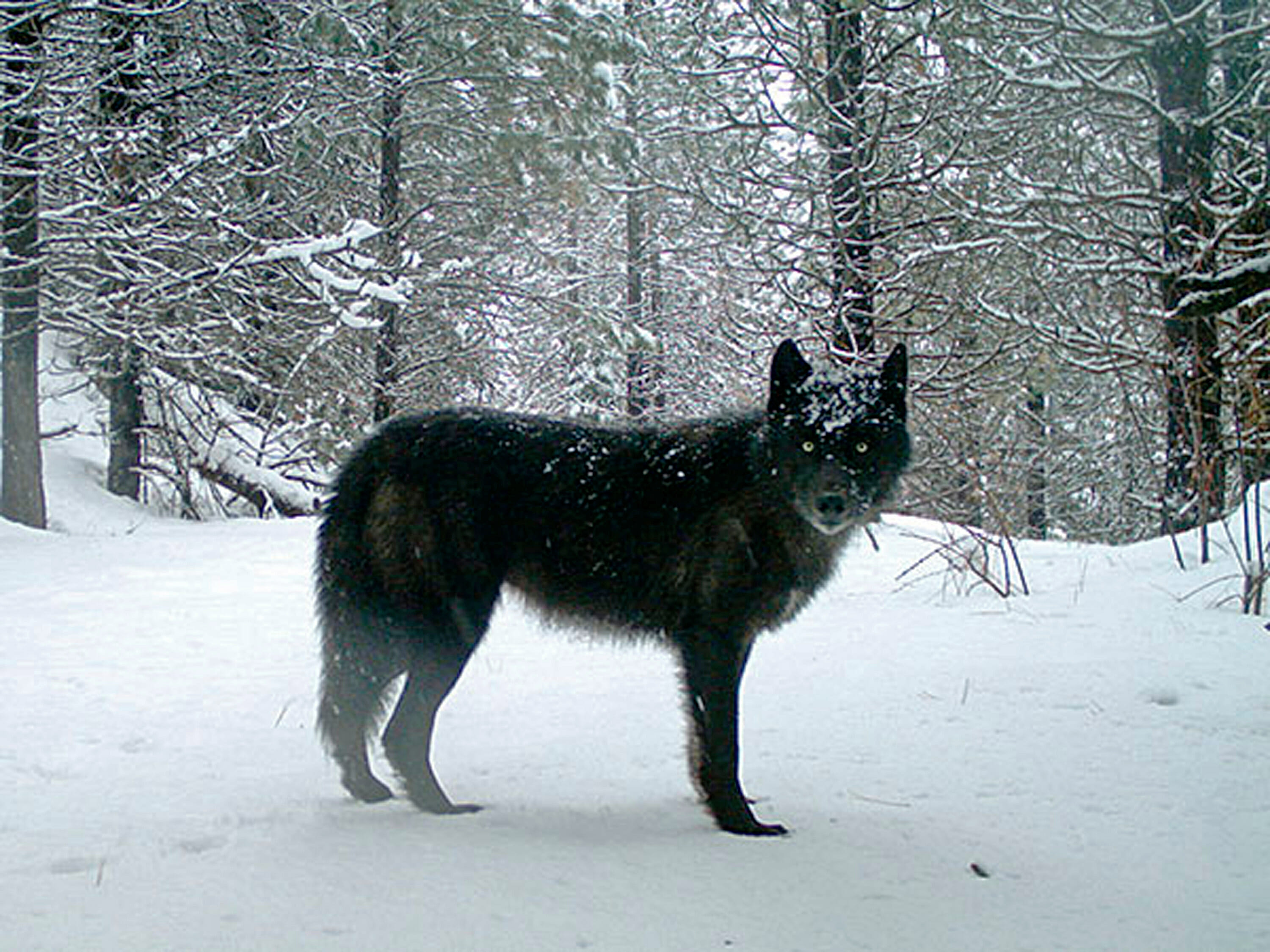
Wolf's comeback in US triggers debate on protection levels
SALEM, Ore. (AP) — The gray wolf is on track for a remarkable comeback after being almost exterminated in the contiguous United States, but a Trump administration proposal to take the iconic symbol of the wild off the endangered species list has exposed divisions among states.
California says it opposes delisting the wolf, while Washington state said it agrees. The federal proposal also exposed a rift among top officials in Oregon — one of several states where wolves have established breeding packs after wandering across state lines.
The debate highlights clashing interests and differing philosophies, with ranchers fearing more livestock will fall prey to wolves and conservationists worrying that wider hunting of the predators might be around the corner. Hunting and trapping wolves is already allowed in Montana and Idaho.
At the center of the debate is, how much more help do wolves need?
Washington Fish and Wildlife Director Kelly Susewind told the U.S. Fish and Wildlife Service recently that protecting thriving wolves could expose the Endangered Species Act to legislation weakening protections for species in actual danger of extinction.
Oregon Gov. Kate Brown said Thursday it’s critically important to maintain wide-ranging recovery areas for wolves across the West.
“The challenge is, it’s not like wolves pay attention to statewide boundaries,” Brown said.
Her comments came a day after she slapped down a stance by Curtis Melcher, director of the Oregon Department of Fish and Wildlife. He wrote to federal officials on May 9, saying his agency supports delisting wolves because the animals no longer meet the definition of an endangered or threatened species.
Brown said her office had not been informed that Melcher would take the stance. When she learned of it, she put on the brakes.
“The state of Oregon and its agencies do not support the delisting of wolves from the federal Endangered Species Act across their range in the 48 contiguous states,” Brown wrote in a letter to U.S. Interior Secretary David Bernhardt.
A total of 6,500 wolves are believed to roam Minnesota, Wisconsin, Michigan, Rocky Mountains and Pacific Northwest. Additional wolves inhabit Indiana, Kentucky, Massachusetts, Maine, Missouri, Ohio, Utah and Vermont.
Collette Adkins, carnivore conservation director at the Center for Biological Diversity, said more than a half-dozen states have no wolf protections on the books.
In his letter, Melcher said Oregon had 137 wolves at the end of 2018 — a 10% increase over 2017. He also said Oregon is committed to ensuring the progress of the species while minimizing livestock losses.
However, his advocacy of federal delisting of wolves brought howls of complaint when it was publicized.
U.S. Rep. Earl Blumenauer, an Oregon Democrat, told Melcher in a letter that he was “shocked and appalled.”
“I am ashamed by your willingness to throw an incredibly important predator species under the bus in favor of a few private interests that clearly have a different mission than your agency,” Blumenauer wrote.
Noah Greenwald, endangered species program director at the Center for Biological Diversity, said: “Lifting federal protections now would hamper further wolf recovery in Oregon and expose the animals to killing by the state.”
The federal government has already delisted wolves in the eastern one-third of Washington and Oregon, as well as in Idaho, Montana and Wyoming. It contends that gray wolves no longer qualify for federal protection as an endangered or threatened species.
Oregon officials have drafted a new state wolf plan aimed at ensuring “the conservation of gray wolves as required by Oregon law while protecting the social and economic interests of all Oregonians.”
Oregon removed wolves from its state endangered species list in 2015. A prime objective of the draft plan is to promote a naturally reproducing wolf population connected to a larger population of wolves and allowing for expansion into other areas of the state.
___
Follow Andrew Selsky on Twitter at https://twitter.com/andrewselsky
The Western Journal has not reviewed this Associated Press story prior to publication. Therefore, it may contain editorial bias or may in some other way not meet our normal editorial standards. It is provided to our readers as a service from The Western Journal.
Truth and Accuracy
We are committed to truth and accuracy in all of our journalism. Read our editorial standards.
Advertise with The Western Journal and reach millions of highly engaged readers, while supporting our work. Advertise Today.












